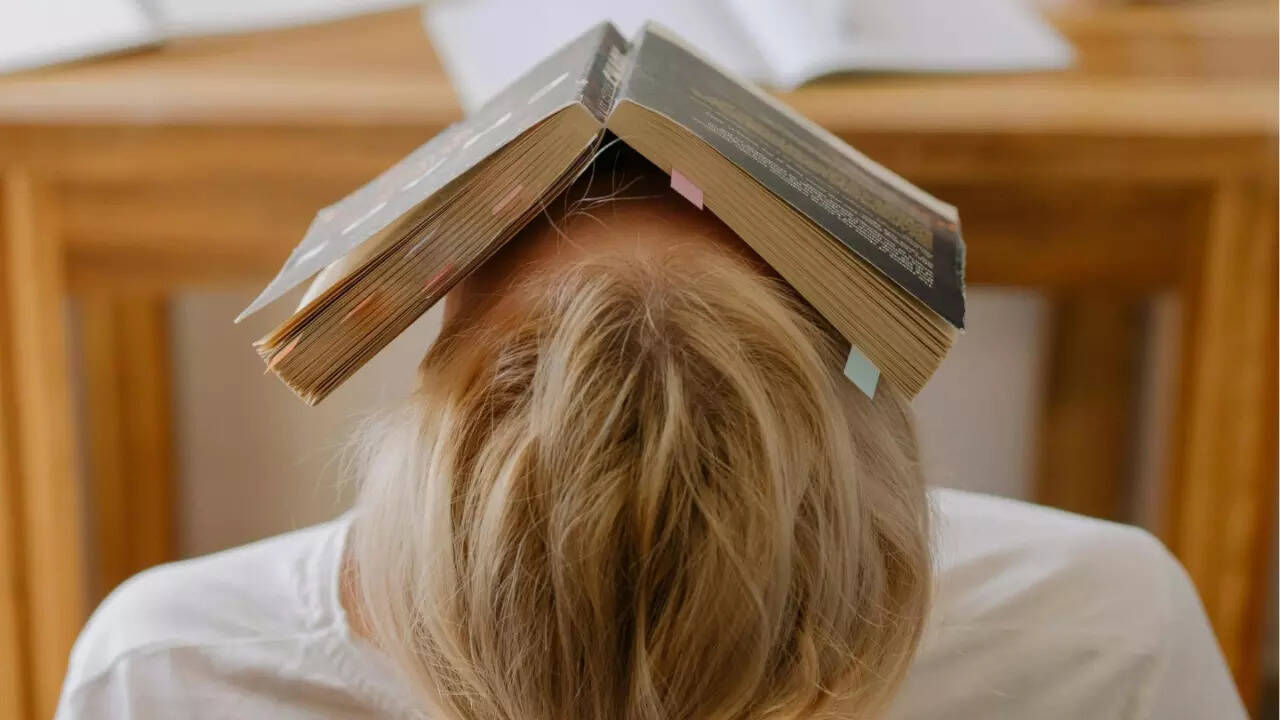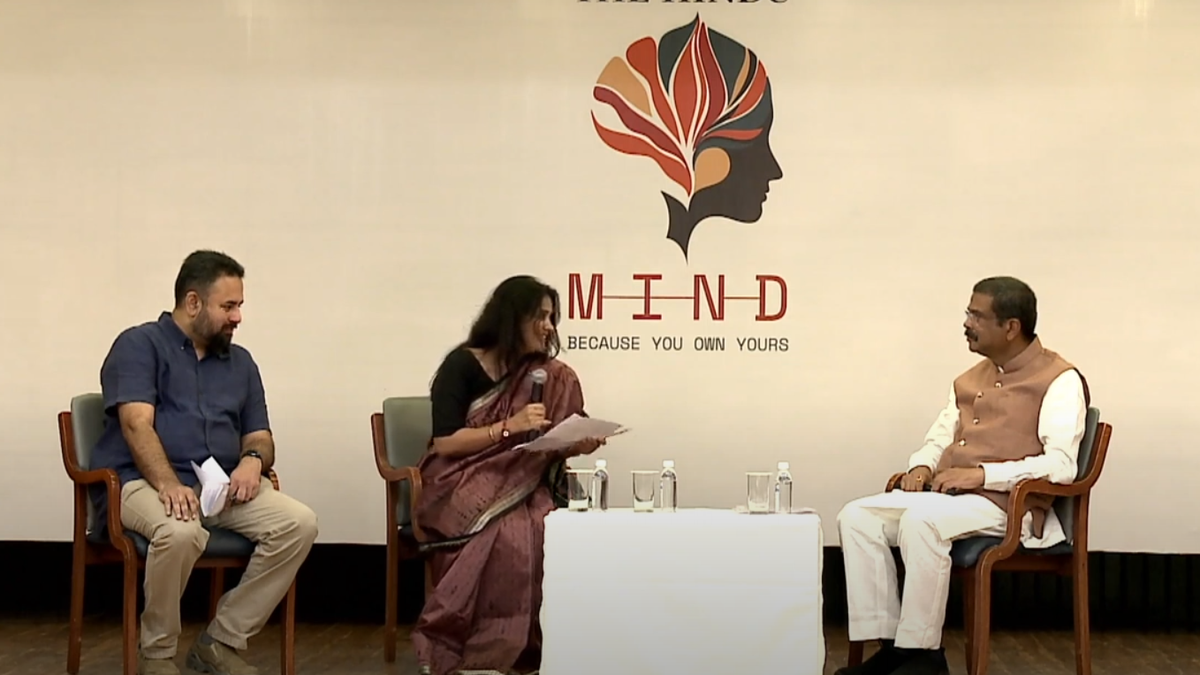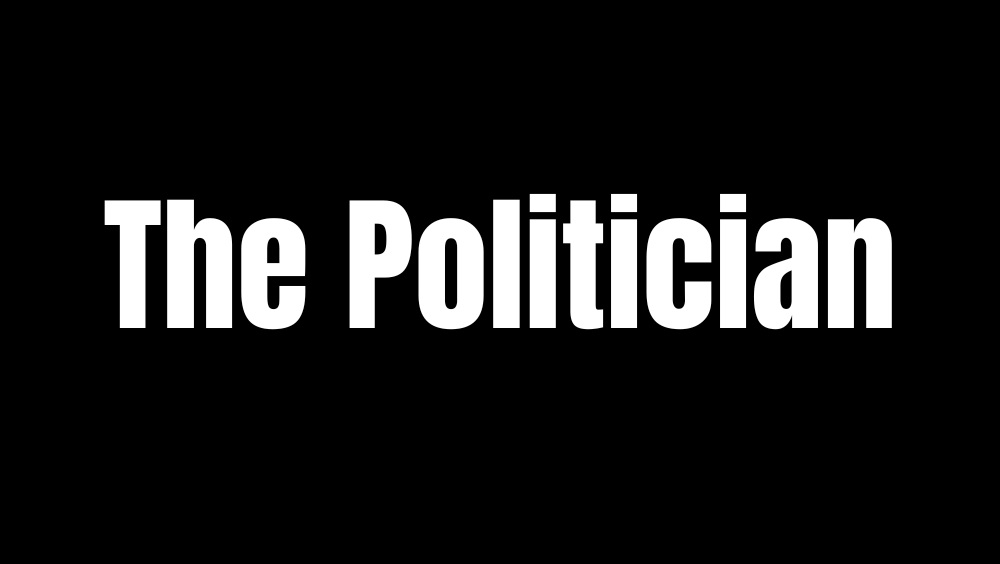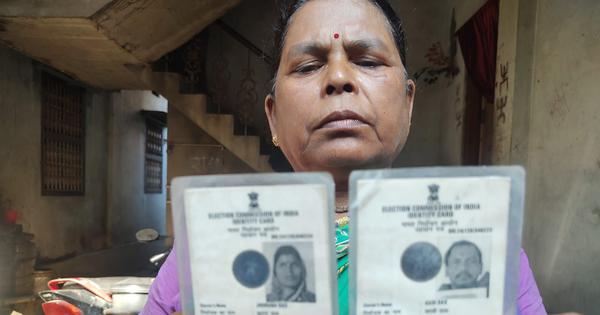Madras High Court prevents mosque from encroaching upon 1100 acres of land by claiming it ‘Waqf property’: : Here is everything you need to know about the case
In a major development, the Madras High Court shot down the nefarious objective of a mosque to encroach upon 1100 acres of land in Kandiyaperi village in Tirunelveli district of Tamil Nadu. For the unversed, the Kanmiya Pallivasal (mosque) had filed a civil suit before the Waqf Tribunal (Tiruneveli Principal Sub Court) in 2011, staking its claim on the large tract of land. Interestingly, the tribunal had passed an order favouring the mosque in August 2016, declaring that the 1100 acres of land belonged to the Muthawalli (trustee) of Kanmiya Pallivasal. The AIADMK government in Tamil Nadu had challenged the decision of the Waqf Tribunal (Tiruneveli Principal Sub Court) in 2018 by filing a civil revision petition before the Madras High Court. madras-high-court-orderDownload The government pointed out that the Kanmiya Pallivasal was not entitled to any land. It stated that the survey numbers listed by the mosque in its 2011 civil suit were notified as ‘ryotwari lands’ in 1966. The categorisation of the said parcel of land was done under the Tamil Nadu Inam (Abolition & Conversion into Ryotwari) Act of 1963. As such, it could not be redesignated as Waqf land. The Additional Advocate General (AAG) had highlighted that some of the land was even given to landless poor and that about 362 people are currently engaged in agriculture on the pattas. Page 15 of the order copy read – “It is the further submission of the learned Addl. Advocate General that the subject lands are around 1100 acres falling in three hamlets in the revenue village of Urumankulam and during patta proceedings, several parcels of lands were given on assignment to landless poor and 362 persons are doing agricultural operations based on assignment pattas and, therefore, the claim of the 1st respondent for issuance of ryotwari patta is not acceptable, moreso, on the basis of the declaratory decree passed in O.S. No.299/2011 which is not based on proper appreciation of materials and, therefore, the said judgment and decree requires interference at the hands of this Court.“ What did the Madras High Court say The matter came up for hearing before a Bench of Justice M Dhandapani. The court awarded roughly 2.34 acres of land to the Kanmiya Pallivasal but dismissed its unsubstantiated claim to 1100 acres of land. The Judge noted that a grant of 75 Kottahs was given to the mosque by the ruler of Madurai Samasthanam in 1712. A copper plate inscription in Telugu, which read, “Sarva Manyam for Masjid Dharmam”, was provided to the mosque. The tax-free grant was also registered in the Inam Fair Register for the years 1865-1866. The copper plate was transcribed in 1925 and was established in a judgment in by the Tinnevelly Subordinate Court in 1952. The Madras High Court converted the grant of 75 Kottahs to its modern equivalent of 2.3430 acres. It noted that the mosque’s claim to over 1,000 acres in the 2011 civil suit was based on modern survey numbers. None of these survey were were mentioned in the 1712 grant or in the 1952 judgment. The court found no evidence of when these lands were surveyed and officially linked to the original grant of of Madurai Samasthanam. Page 69 of the order read – “There is no whisper in the entire plaints relating to O.S. No.49/1952, O.S. No.65/1961 and also in O.S. No.299/2011 that any survey of the said lands were undertaken at any point of time.“ “In fact, even the 2nd respondent, the Wakf Board, has not whispered about any survey having been undertaken of the said lands, which were given as grant.” “Further, the proforma filed u/s 5 of the Wakf Act with regard to the survey conducted by the Wakf also does not disclose the survey numbers of the lands. Such being the case, this Court is at a loss to understand as to how the survey numbers were identified and culled out to claim declaration of title and recovery of possession while filing O.S. No.299/2011.“ Page 70 of the order stated – “…The list of survey numbers given and the extent of lands, which are claimed to be the lands that were granted through the copper plate works to a vast extent of more than 1000 acres of land, this Court is at a loss to understand as to how the said identification of the lands was made and by which authority it was made.“ The Madras High Court stated that the judgment in the 1952 case, which established the grant of 75 Kottahs (~2.34 acres), was binding on both the Tamil Nadu government and the Kanmiya Pallivasal. Since the mosque had also accepted the findings of that case, it had no right to expand its claim beyond the specified 75 Kottahs. Page 65 of the order read – “As has already been held by this Court, the judgment and decree passed in O.S. No.49/1952 has since attained finality and it stands undisturbed by the passing of Act, 1963 as also Act, 1908 and Act 30/1947. Therefore, both the parties to the present lis are bound by the judgment and decree passed in



In a major development, the Madras High Court shot down the nefarious objective of a mosque to encroach upon 1100 acres of land in Kandiyaperi village in Tirunelveli district of Tamil Nadu.
For the unversed, the Kanmiya Pallivasal (mosque) had filed a civil suit before the Waqf Tribunal (Tiruneveli Principal Sub Court) in 2011, staking its claim on the large tract of land.
Interestingly, the tribunal had passed an order favouring the mosque in August 2016, declaring that the 1100 acres of land belonged to the Muthawalli (trustee) of Kanmiya Pallivasal.
The AIADMK government in Tamil Nadu had challenged the decision of the Waqf Tribunal (Tiruneveli Principal Sub Court) in 2018 by filing a civil revision petition before the Madras High Court.
The government pointed out that the Kanmiya Pallivasal was not entitled to any land. It stated that the survey numbers listed by the mosque in its 2011 civil suit were notified as ‘ryotwari lands’ in 1966.
The categorisation of the said parcel of land was done under the Tamil Nadu Inam (Abolition & Conversion into Ryotwari) Act of 1963. As such, it could not be redesignated as Waqf land.
The Additional Advocate General (AAG) had highlighted that some of the land was even given to landless poor and that about 362 people are currently engaged in agriculture on the pattas.
Page 15 of the order copy read –
“It is the further submission of the learned Addl. Advocate General that the subject lands are around 1100 acres falling in three hamlets in the revenue village of Urumankulam and during patta proceedings, several parcels of lands were given on assignment to landless poor and 362 persons are doing agricultural operations based on assignment pattas and, therefore, the claim of the 1st respondent for issuance of ryotwari patta is not acceptable, moreso, on the basis of the declaratory decree passed in O.S. No.299/2011 which is not based on proper appreciation of materials and, therefore, the said judgment and decree requires interference at the hands of this Court.“
What did the Madras High Court say
The matter came up for hearing before a Bench of Justice M Dhandapani. The court awarded roughly 2.34 acres of land to the Kanmiya Pallivasal but dismissed its unsubstantiated claim to 1100 acres of land.
The Judge noted that a grant of 75 Kottahs was given to the mosque by the ruler of Madurai Samasthanam in 1712. A copper plate inscription in Telugu, which read, “Sarva Manyam for Masjid Dharmam”, was provided to the mosque.
The tax-free grant was also registered in the Inam Fair Register for the years 1865-1866. The copper plate was transcribed in 1925 and was established in a judgment in by the Tinnevelly Subordinate Court in 1952.
The Madras High Court converted the grant of 75 Kottahs to its modern equivalent of 2.3430 acres. It noted that the mosque’s claim to over 1,000 acres in the 2011 civil suit was based on modern survey numbers.
None of these survey were were mentioned in the 1712 grant or in the 1952 judgment. The court found no evidence of when these lands were surveyed and officially linked to the original grant of of Madurai Samasthanam.
Page 69 of the order read –
“There is no whisper in the entire plaints relating to O.S. No.49/1952, O.S. No.65/1961 and also in O.S. No.299/2011 that any survey of the said lands were undertaken at any point of time.“
“In fact, even the 2nd respondent, the Wakf Board, has not whispered about any survey having been undertaken of the said lands, which were given as grant.”
“Further, the proforma filed u/s 5 of the Wakf Act with regard to the survey conducted by the Wakf also does not disclose the survey numbers of the lands. Such being the case, this Court is at a loss to understand as to how the survey numbers were identified and culled out to claim declaration of title and recovery of possession while filing O.S. No.299/2011.“
Page 70 of the order stated –
“…The list of survey numbers given and the extent of lands, which are claimed to be the lands that were granted through the copper plate works to a vast extent of more than 1000 acres of land, this Court is at a loss to understand as to how the said identification of the lands was made and by which authority it was made.“
The Madras High Court stated that the judgment in the 1952 case, which established the grant of 75 Kottahs (~2.34 acres), was binding on both the Tamil Nadu government and the Kanmiya Pallivasal.
Since the mosque had also accepted the findings of that case, it had no right to expand its claim beyond the specified 75 Kottahs.
Page 65 of the order read –
“As has already been held by this Court, the judgment and decree passed in O.S. No.49/1952 has since attained finality and it stands undisturbed by the passing of Act, 1963 as also Act, 1908 and Act 30/1947. Therefore, both the parties to the present lis are bound by the judgment and decree passed in O.S. No.49/1952.“
Page 68 of the order stated –
“It is an admitted fact, as is also revealed through the findings in O.S. No.49/1952 that the extent of land given as grant through the copper plate is 75 Kathas/Kottahs. Therefore, the entitlement of the Pallivasal could only be to the extent of 75 Kottahs and not any more…”
After thwarting attempts to encroach upon 1100 acres of land, it directed the Tamil Nadu Waqf Board to identify 2.34 acres of land to be given to the mosque as per the 1712 copper plate inscription.
Page 72 of the order read –
“The Wakf Board is directed to take up a fresh exercise to identify the lands, which have been granted under the copper plate and prepare a fresh proforma which would be relatable only to the extent of 75 Kathas/Kottahs, which works out to 2.3430 acres (Two Acre Thirty Four Cents and One Thirty Square Feet) after calling for necessary objections from persons interested in the said lands and after considering the said objections prepare the proforma.“
Page 73 of the order stated –
“The aforesaid exercise of identification of lands so granted under the copper plate and forwarding of the proforma
shall be undertaken by the Wakf Board/2nd respondent and completed as early as possible.“
Although the Maras High Court upheld the 1712 historical grant by the ruler of Madurai Samasthanam (as established in the 1952 judgment), it prevented the encroachment of 1100 acres of land.
While the mosque was given75 Kottahs (~2.34 acres) of land, its nefarious claim to vast track of lands was shot down.

























































































































